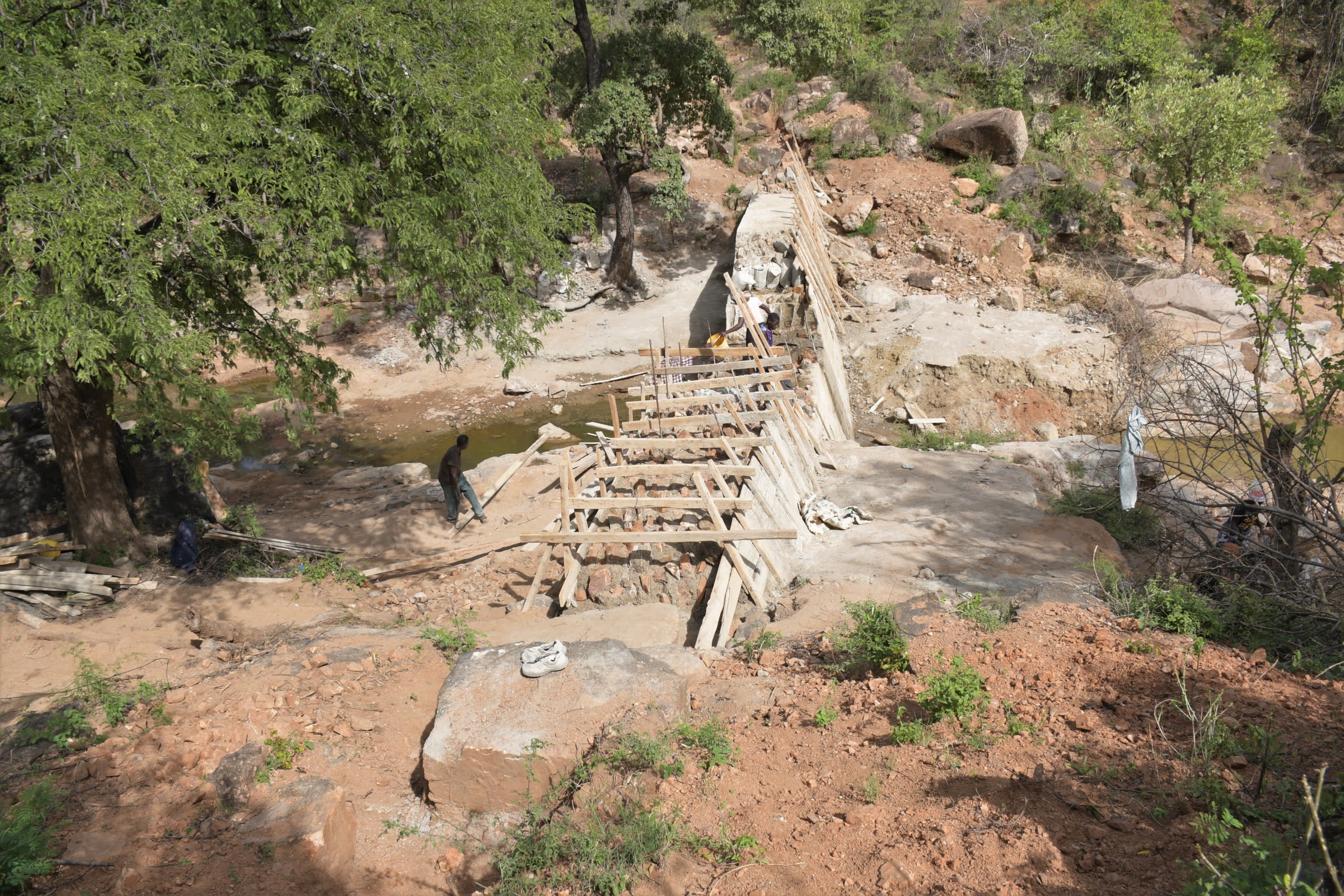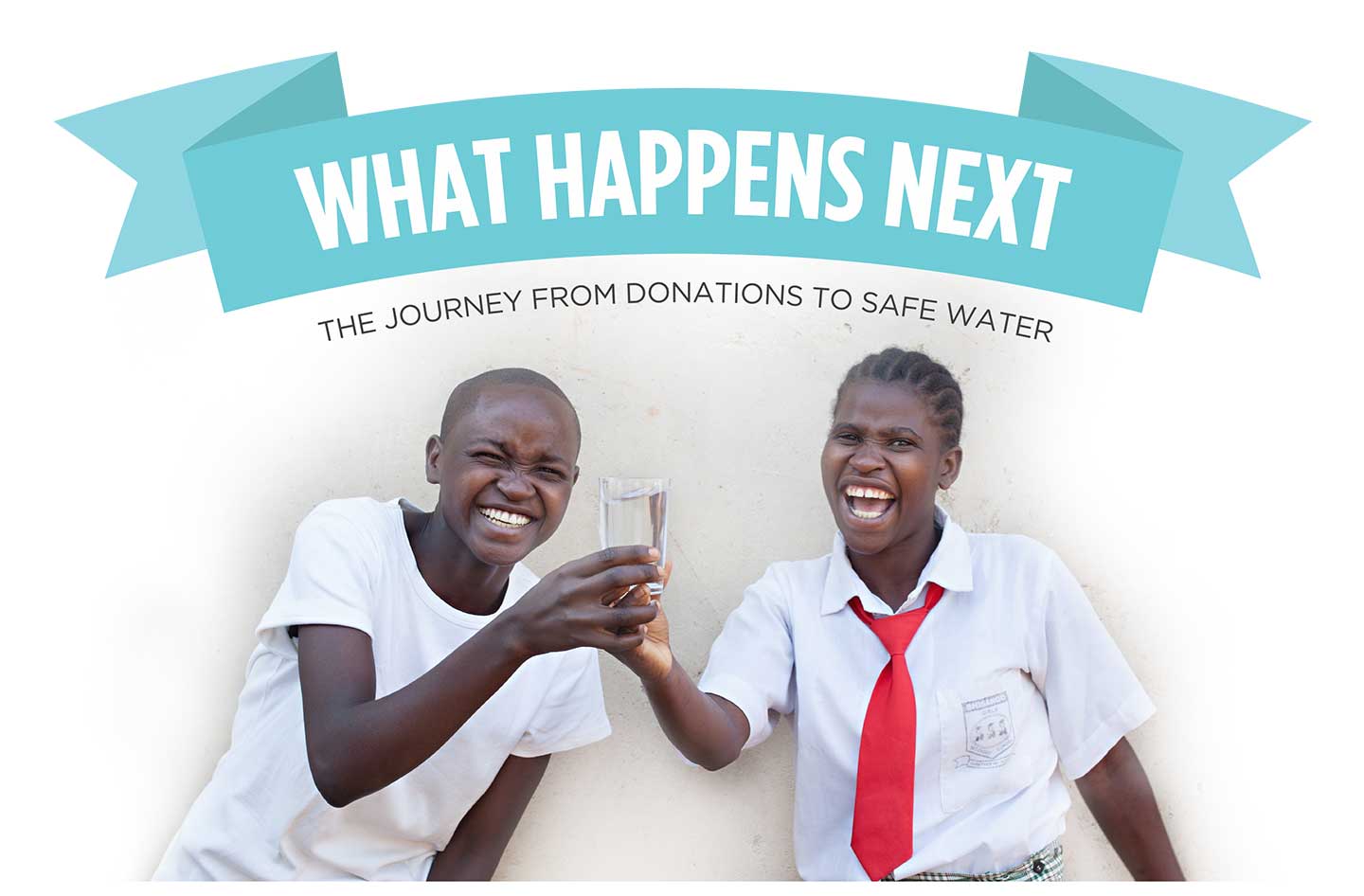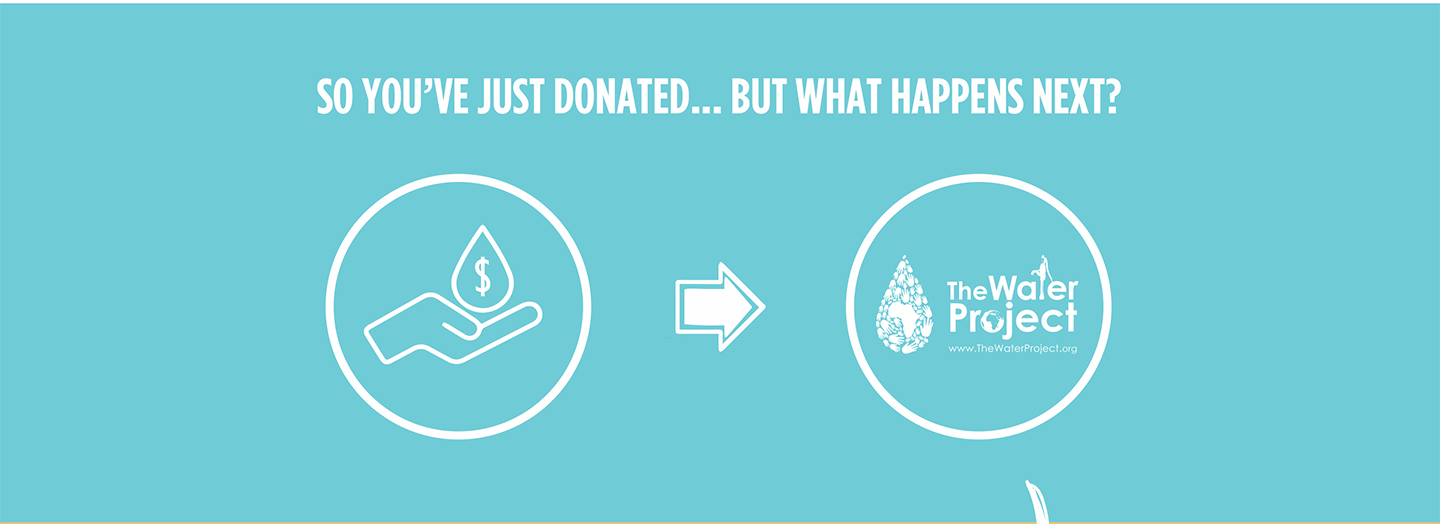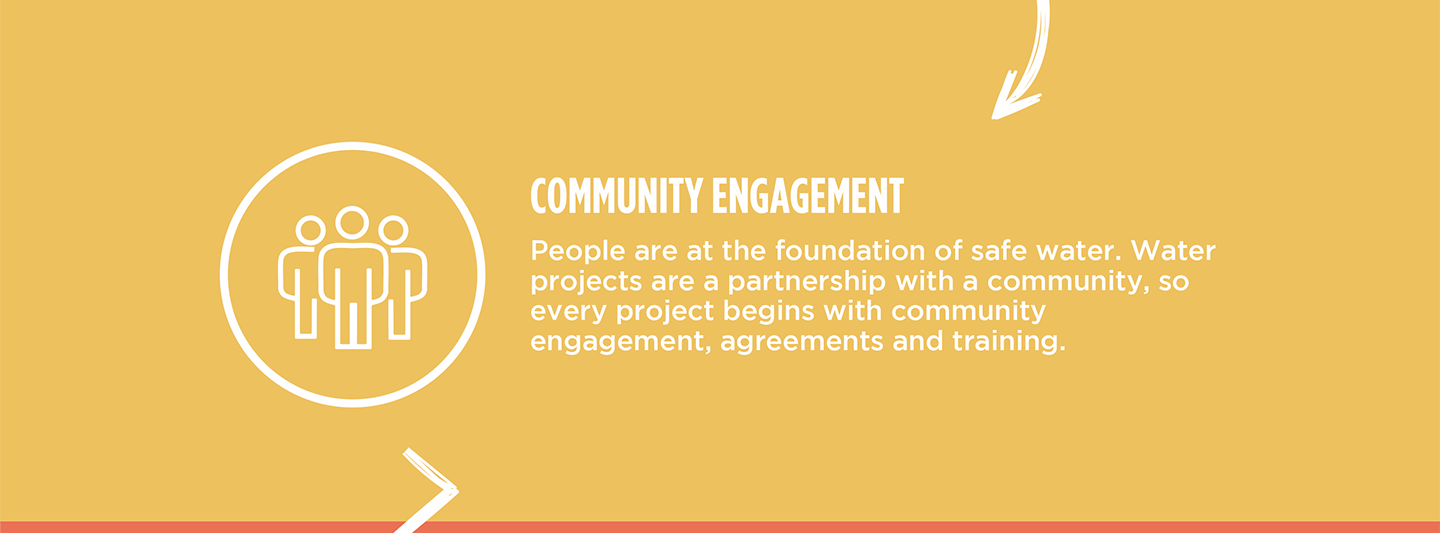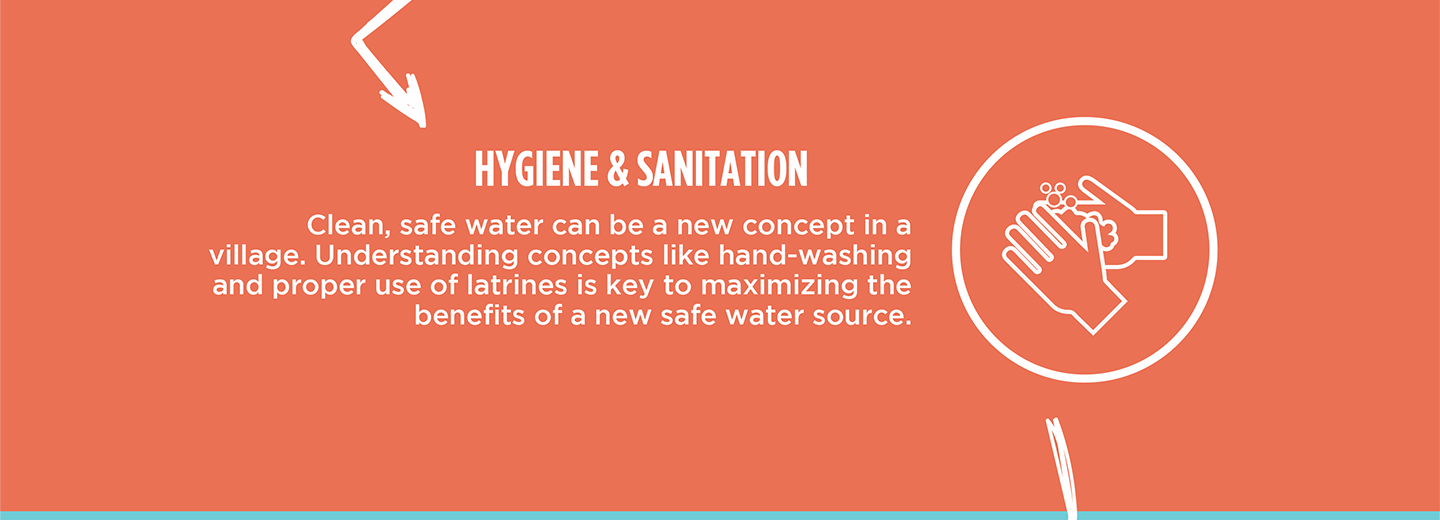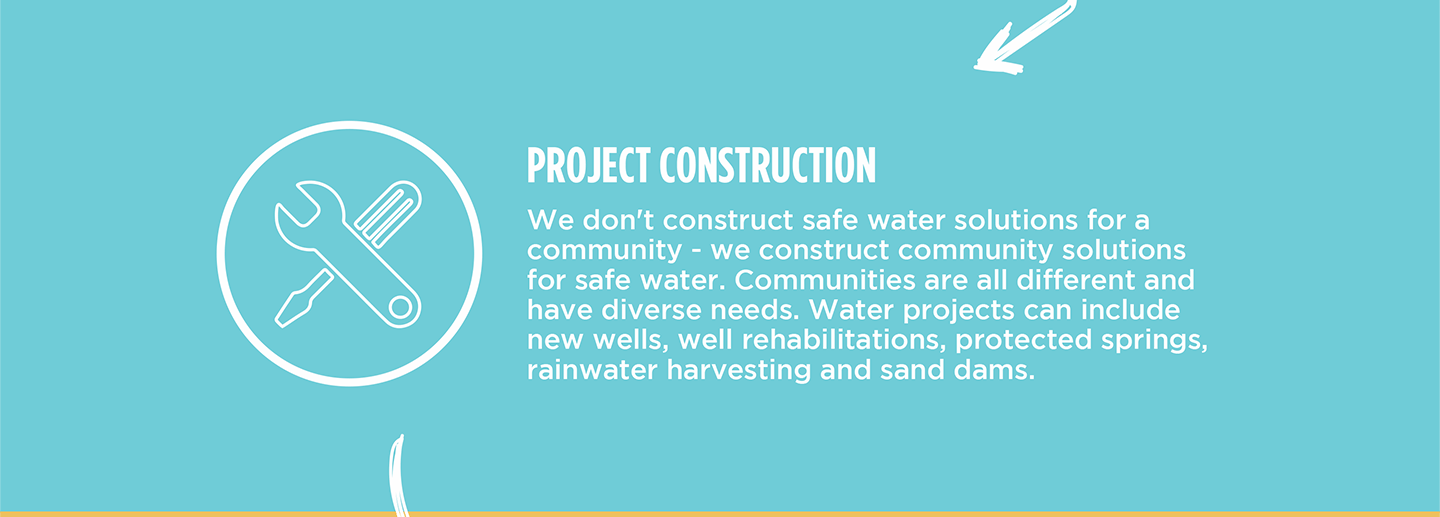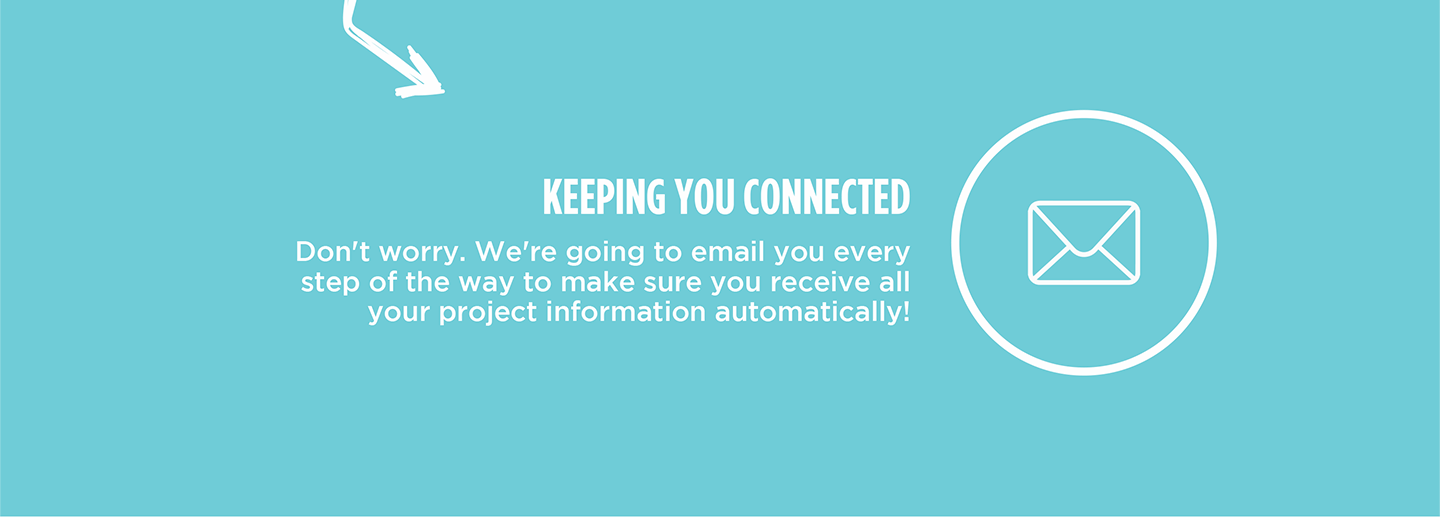The 500 community members of Kanyoeni do not have a nearby water source, so they must wake up early and walk several kilometers to collect water from scoop holes. People's shortest distance traveled is 2 km (1.24 miles). Some have to walk up to 10 km (6.21 miles), which amounts to a two-hour journey each way. Due to the long distance, community members typically only make one trip in the morning before attending to their daily responsibilities, like farming and caring for livestock. But to meet their water needs, most must return once more in the evening. It is exhausting and dangerous.

Mukami M., a 15-year-old student (pictured below), explains how the water crisis affects her. "I do not get enough time to concentrate on my studies because I also have to accompany [my parents] at times to the scoop holes to fetch water that I take to school."

"It is also difficult to maintain proper hygiene and sanitation because we have to use water sparingly at home," she continued. "Being a girl, it is also unsafe to go fetch at the scoop holes alone."
Aside from being far away, the water is also open to all forms of contamination. The scoop holes are surrounded by green vegetation: feeding grounds for cattle and goats. There are also footpaths across the scoop holes that residents and livestock use. Furthermore, there are trees in the area that birds perch on. Because of this, the people of Kanyoeni regularly suffer from typhoid, amoeba, dysentery, diarrhea, and more.

The hygiene and sanitation in the area are below average because of water scarcity. Most of the households do not have dish racks, garbage pits, and handwashing stations. They cannot maintain proper dental hygiene or body care due to the elusive water supply. Laundry cleaning is also an occasional affair due to water insufficiency.
The people of Kanyoeni demonstrate great unity in helping one another. They set up fundraising sessions for those parents who cannot pay school fees for their children. They come together for funerals and festivals, such as dowry payments and weddings. They recently came up with table banking to give a financial boost to needy members at a reasonable rate of interest. The residents are also Christians who have built several churches to cultivate their faith in a higher power.
What we can do:
Our main entry point into the Kanyoeni community is the Kyeni Kya Kanyoeni Self-Help Group, which comprises households working together to address water and food scarcity in their region. These members will be our hands and feet in constructing water projects and spreading the message of good hygiene and sanitation to everyone.
Sand Dam
After the community picked the ideal spot, our technical team went in and proved the viability by finding a good foundation of bedrock. Now, our engineers are busy drawing up the blueprints.
We are unified with this community to address the water shortage. As more sand dams are built, the environment will continue to transform. As the sand dams mature and build up more sand, the water tables will rise. Along with this sand dam, a hand-dug well will be installed to give community members an easy, safe way to access that water.
Building this sand dam and the well in this community will help bring clean water closer to hundreds of people living here.
Training
These community members currently do their best to practice good hygiene and sanitation, but their severe lack of water has significantly hindered reaching their fullest potential.
We will hold hygiene and sanitation training sessions with the TKTK Self-Help Group and other community members to teach essential hygiene practices and daily habits to establish at the personal, household, and community level. This training will help to ensure that participants have the knowledge they need to make the most out of their new water point as soon as the water is flowing.
One of the most important topics we plan to cover is handling, storage, and water treatment. Having a clean water source will be extremely helpful, but it is useless if water gets contaminated when it is consumed. We will also emphasize the importance of handwashing.
The community and we firmly believe that all of these components will work together to improve living standards here, which will help to unlock the potential for these community members to live better, healthier lives.
We typically work with self-help groups for 3 to 5 years on multiple water projects. We will conduct follow-up visits and refresher training during this period and remain in contact with the group after all of the projects are completed to support their efforts to improve sanitation and hygiene.

 Sand Dam
Sand Dam
 Rehabilitation Project
Rehabilitation Project






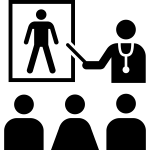

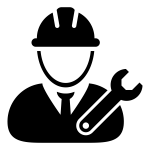

 ''When the sand dam shall have water, it will have a great impact on my village as everyone will have access to clean water," said 17-year-old Jemmimah M.
''When the sand dam shall have water, it will have a great impact on my village as everyone will have access to clean water," said 17-year-old Jemmimah M.



